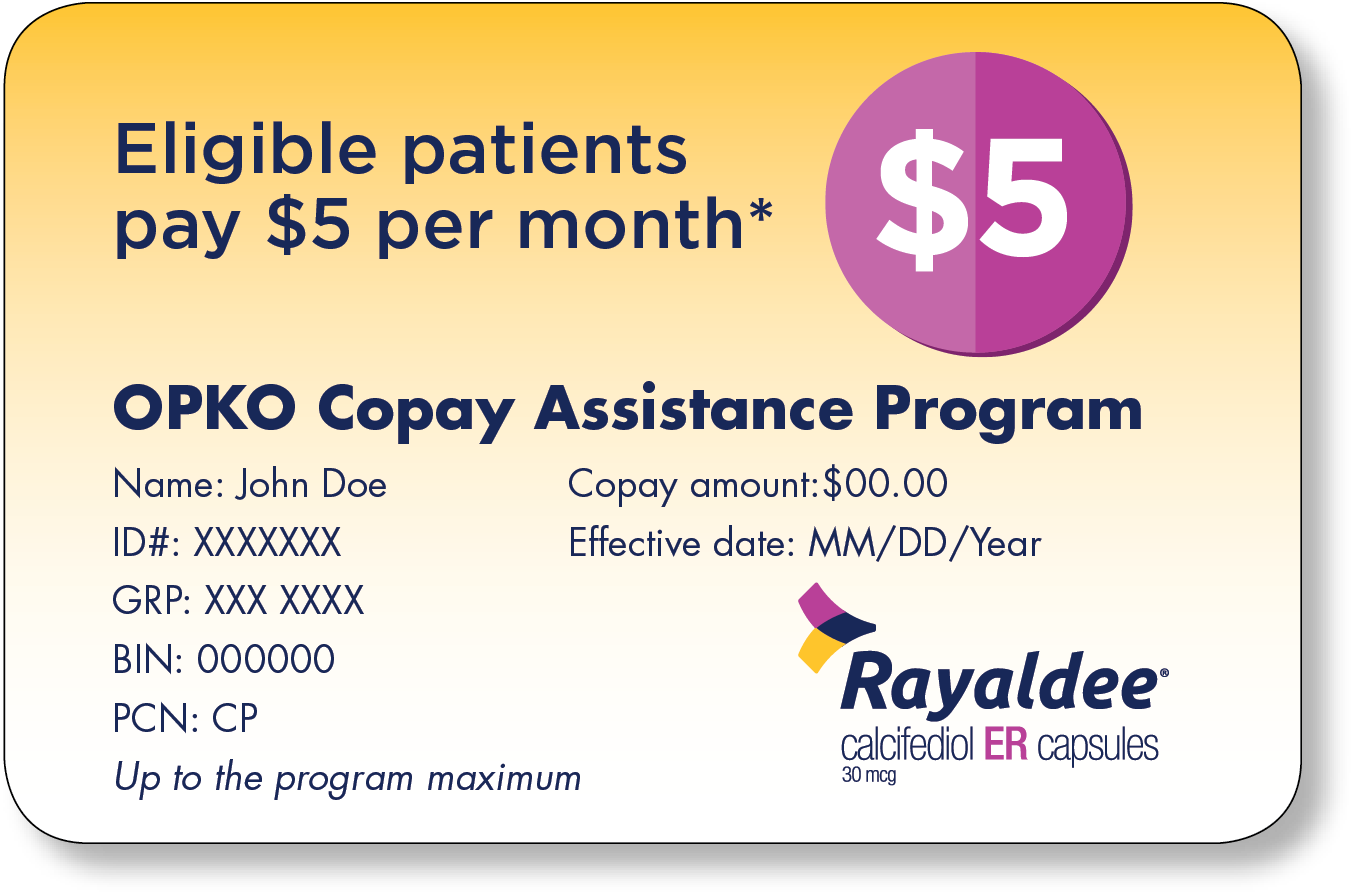

"I've been on (a blood thinner) for 19 years. You can't apply for a copay card and get another one in the future," she said. "So if you like apply and get a copay card once, then that's it. Some can be renewed, but others can't, said Waldron, who has researched these issues as an independent patient advocate for those on anticoagulants. The card Waldron got was for 24 months, but some are for six months. She found she could get the coupon for Eliquis from her doctor, but she talked to other patients who didn't know it existed until she posted it on social media.

"I think the biggest thing is the fact that patients have to jump through these hoops at all, you know, rather than just having lower drug prices or having a drug on formulary," Waldron said. So we talk about eligibility guidelines, how long it takes to get the medication, how many times you get a refill, anything we can think of," Sagall said.Īdvocates for lower drug prices ask why companies allow some patients the ability to pay $10 for a drug while charging others 60 times that when drugmakers could just make the drug cheaper across the board. "We have as much information as we can get on every program. Some are quick and easy to obtain, while others are more complicated, according to Rich Sagall, president of NeedyMeds, an organization that aggregates information on 40,000 patient assistance programs and allows people to search by drug or diagnosis.

And increasingly, insurance plans are excluding any assistance dollars from counting toward the patient's out-of-pocket total and deductible.ĬOPAY ACCUMULATORS: Patients can't count drug discounts toward health insurance deductible
#Eliquis copay card and state employee insurance plan full#
Some, like the Eliquis coupon, have an annual cap so they don't actually cover the drug for a full year. Some programs have income restrictions or only people on certain types of insurance qualify. "But I don't see the assistance cards as being the solution to high prescription drug prices." How do patient payment assistance programs differ? "I think depending upon the drug and depending upon the assistance program, you know, some are more generous than others and patients need to fully understand the fine print," Waldron, 53, of Chapel Hill, North Carolina, said. HOW DO PATIENT ASSISTANCE PROGRAMS WORK?: The pros and cons of prescription coupons and more. Patient assistance programs and manufacturer copay coupons, intended to help those who cannot afford their medications, have come under scrutiny for being a short-term solution to the much larger problem of prescription drug prices that are bleeding patients dry. She also didn’t know that the card, like many patient assistance programs offered by drugmakers, came with a lot of fine print. She didn’t know initially that the maker of Eliquis offers a copay coupon card that allows patients to get the drug for only $10 a month. When Beth Waldron got a letter from her health insurance provider last year that her blood thinner Eliquis would no longer be covered, she faced two options: Change to another medication that could have adverse side effects or go from paying $30 a month to more than $600 a month out of pocket.


 0 kommentar(er)
0 kommentar(er)
